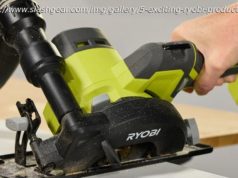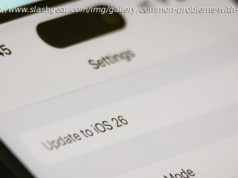Tesla teased two autonomous vehicles at its ‚We, Robot‘ event last night, but the star of the show was the technology that will power them.
Tesla’s much-hyped robotaxi debut was a master class in dressing up vaporware, save for one tiny mention of a product that is already on its way to a garage near you: wireless EV charging.
The two autonomous vehicles that headlined the event, the Cybercab and Robovan, will not have a charge port. Instead, they will power up by driving over a small pad, which beams electricity to the battery through an invisible magnetic field.
„That’s kind of how it should be“, Tesla CEO Elon Musk said during a splashy launch event in Los Angeles last night. „It’s really high time we did this.“
For the first time, Musk has made wireless charging—or inductive charging, as he referred to it—a core tenet of Tesla’s future vehicles. That means no need to wrestle with an ugly, thick cord and heave it into the port. It’s a nice-to-have convenience for today’s EVs, but it will be a must-have for autonomous vehicles that lack a driver to do the heavy lifting.
Tesla could decouple the release of wireless charging pads from fully autonomous vehicles and offer it for its current lineup. It may need to, given the steep regulatory hurdles facing its robotaxis.
Start
United States
USA — IT Tesla's Robotaxi Event: Mostly Fluff, Except for One Interesting Technical Detail






